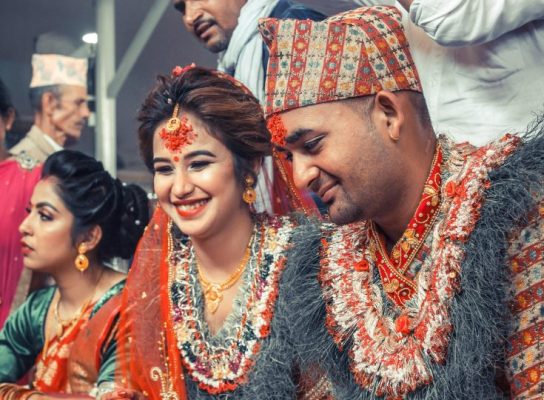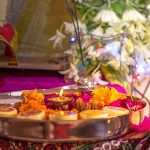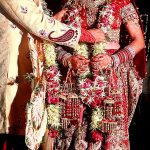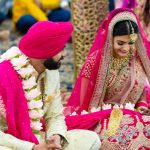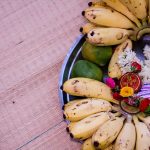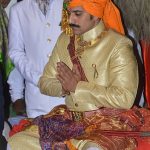Nepal is a culturally rich country in South Asia and this culture is on full display during a Nepali wedding ceremony. In Nepal, a wedding is a lifelong commitment between a woman and man along with the joining of two families. Due to the diversity of Nepal, there are numerous variations of wedding rituals among the different ethnicities. You cannot forget the mouthwatering delicacies you can eat at Nepali weddings. Read more to find out about Nepali marriage rituals and their significance.
Nepali Pre-Wedding Traditions
Nepal has a large diversity in ethnicity and tribal population therefore there are various types of rituals and practices performed at weddings. The majority of Nepali marriages are done according to Hindu or Buddhist traditions but among the different tribes and ethnic groups, the wedding rituals and their order can change. Sometimes, these wedding festivities can last for up to a week. Like in other South Asian countries, elders or parents arrange many marriages. The parents or elders look for a suitable match for the young woman or man. All parties agree to confirm the wedding and the horoscope matching. Then the priest finalises auspicious dates for a Nepali Hindu wedding.
Nepali Engagement Ceremony: The locals call the Nepali Hindu engagement ceremony the Tika-tala. There is an exchange of good wishes and promises through the tika, the crimson marking made between the eyes during an aarti. This is usually a simple ceremony with the bride, groom and their families.
Nepal Wedding Traditions
The priest consults the horoscopes of the bride and groom to finalise the date and time of the traditional Nepali wedding. This gives blessing to the couple for their marriage.
Bagdan:
This is a Ganesh pooja or prayer, an important wedding rite. The bride’s father puts a betel nut, a coconut, an areca nut, sacred thread, and some kernals in a Kalash or pot. He keeps the Kalash above his head and states he is giving his daughter away to his future son-in-law. He then hands the Kalash over to the son-in-law as spiritual and metaphorical gifting of his daughter.

Swayamvara:
This means choosing the groom by the bride and in the past, brides would choose from many suitors. The bride circles the groom thrice and as she goes around, water drips down from an ankhara or a traditional water vessel. The priest applies red tika, a mixture of red vermilion, yoghurt and rice, to the foreheads of both the bride and groom.
Saipata:
The astrologer selects the time for this ritual. For this ceremony, the groom pastes his palm prints on a white cloth and the bride’s house receives gifts including this white cloth. The bride puts her palm prints on the cloth as a symbol of accepting the gifts and proposal. The bride also sent a Saipata to the groom.
Janti:
Also called the Baryatra or wedding procession, the groom and his side in a cheerful gathering head to the bride’s house. Accompanying them, a musical band plays traditional and modern songs.
Kusha Ring:
The bride and groom exchange a grass ring at the start of the ceremony and this grass ring can be called a “kusha ring.”
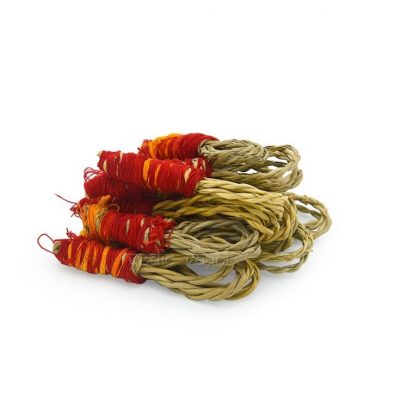
Kanyadaan:
This ceremony is the formal giving away of the bride. One puts water, and other important items such as pipal, mango leaves, gular, palash, camphor, arka, betel nuts, sacred thread, areca nuts, or durva grass into the Kalash.
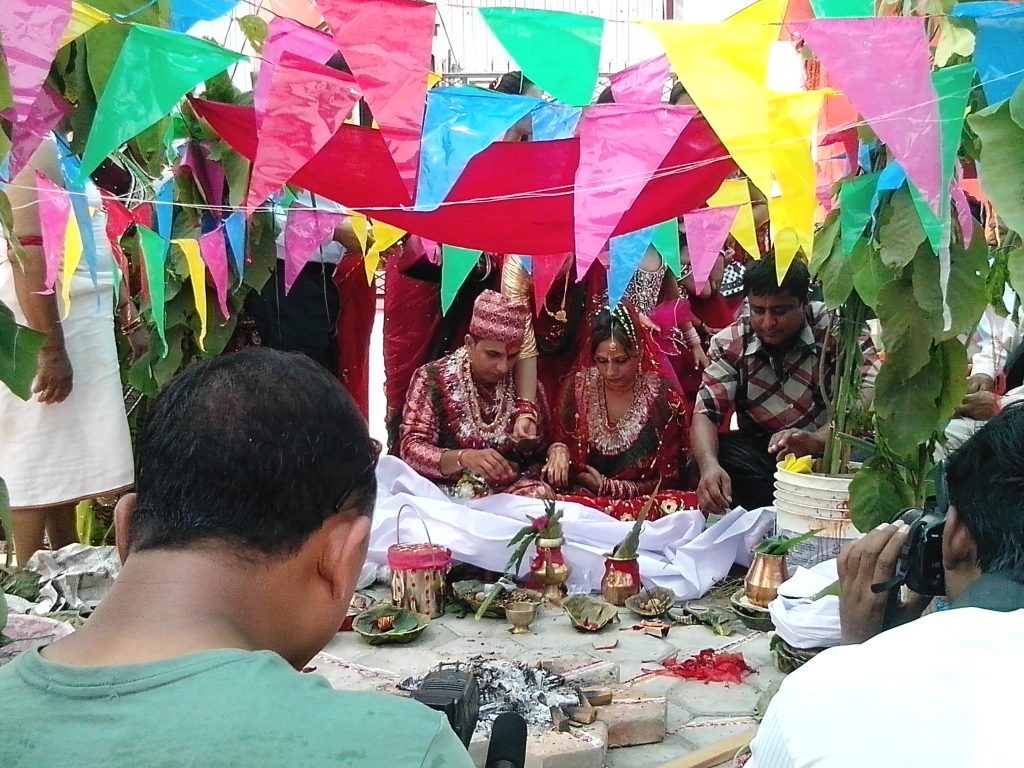
Diyo:
During a traditional Nepali wedding ceremony, one list a silver lantern with oil and thread; this symbolises power and good luck. Nepalis believe that Diyo’s light takes away darkness as well as evil spirits.
Circling of the Groom:
For one of the Nepali marriage customs, the bride circles around her groom three times which signifies her husband as the centre of their new world uniting their spirits. While circling, some Nepali brides throw flower petals, rice, or water as per their tradition.
Saptapadi:
In this ritual, the bride and groom take seven steps together in front of the holy fire and make vows to each other. The groom gifts the bride pote necklaces or Pote tilhari, a red and gold necklace which is a sign of marriage.
Dubo ko Mala:
In accordance with Nepali Hindu wedding tradition, the bride and groom exchange and place garlands around each other. One craft this garland or Dubo ko mala of Bermuda grass; this grass does not turn dull once harvested. This grass is a symbol of a happy marriage and good health.
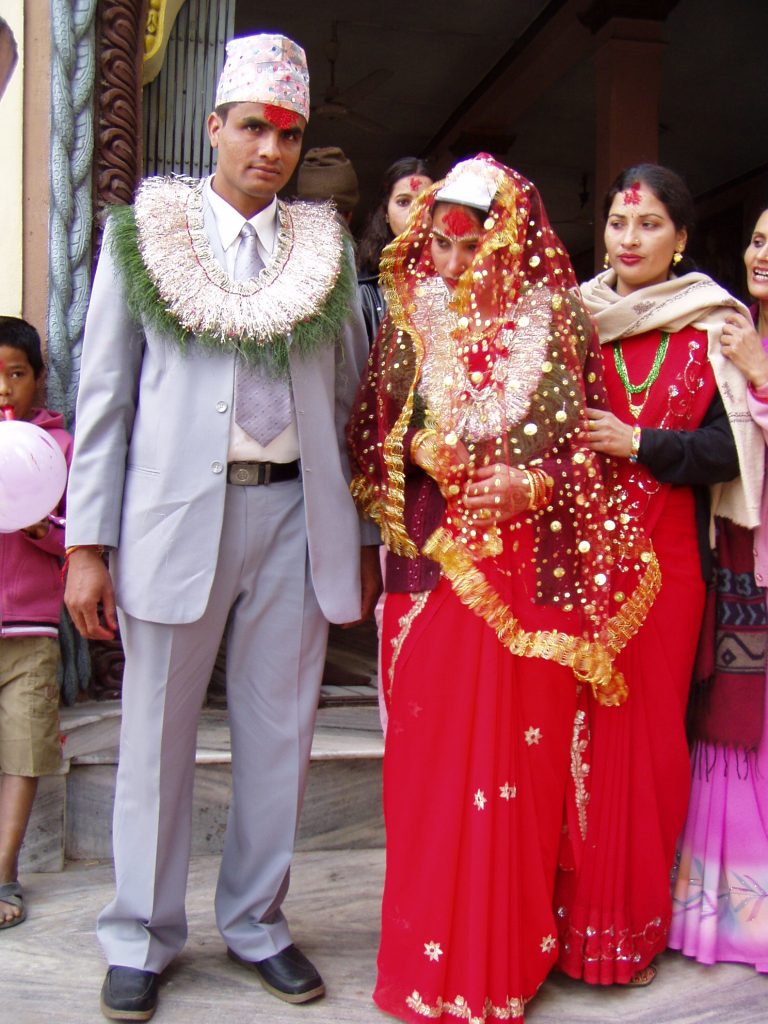
Sindhur Halne:
Then the groom applies sindoor or red vermillion powder to the bride’s hair parting three times. Then they are considered married. The bride mixes ghee or clarified butter, honey, and yoghurt together in a bowl so that she can feed half to her husband and the other half to herself.
Nepali Post-Wedding Traditions
Pasa:
This is an icebreaker game so that the bride and groom can relax and enjoy the festivities. A piece of cloth is placed over the couple so that the guests can throw fried paddy with priests chanting about devotion, faithfulness, and sincerity. A tika is applied to both the groom’s and bride’s foreheads.
Ghar Bhitrauni:
This is the welcoming ceremony for the bride at the groom’s house. The groom’s family welcome the couple with an arati, wicks soaked in camphor or oil and incense lighted. This is done so that evil spirits are kept away and good luck is ushered in.
Nepali Weddings
Nepal is home to many ethnic groups and tribes which have numerous rituals and traditions for festivals and weddings. Nepali weddings especially showcase the rich legacy and culture of this South Asian country. These wedding celebrations can take place over a week due to the various religious ceremonies. Along with traditions, delicious feasts are also a must at Nepali weddings.




